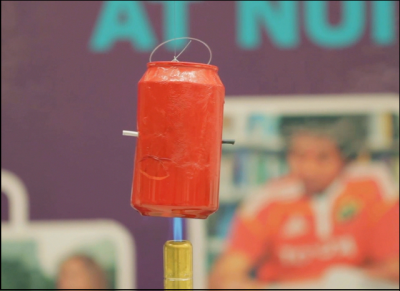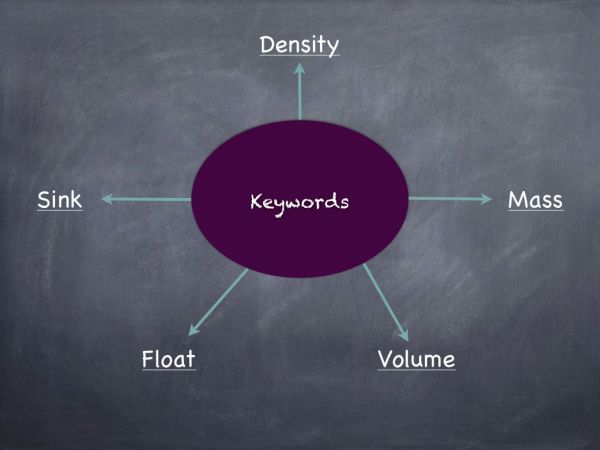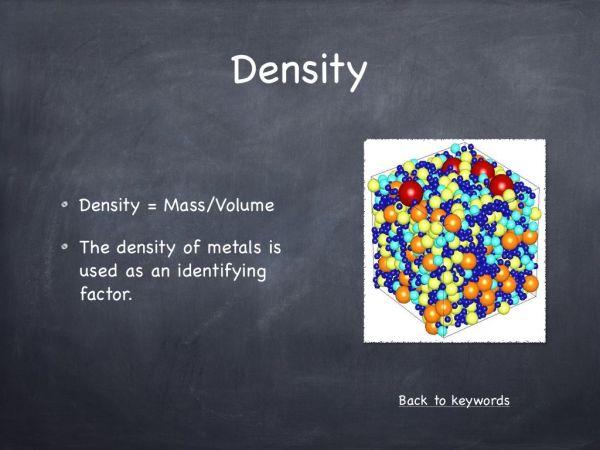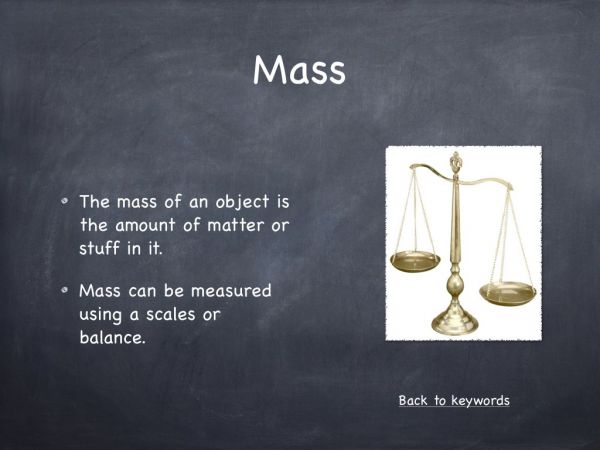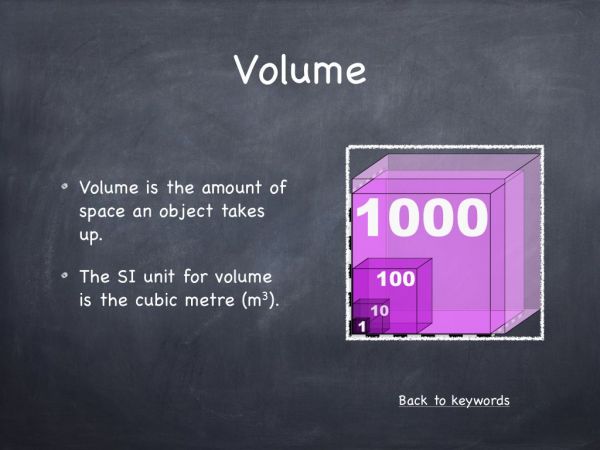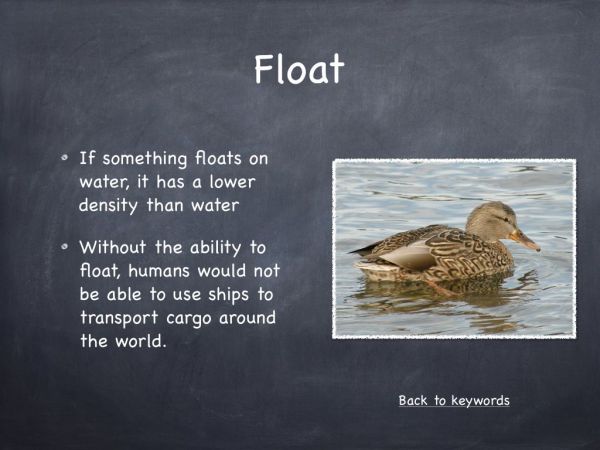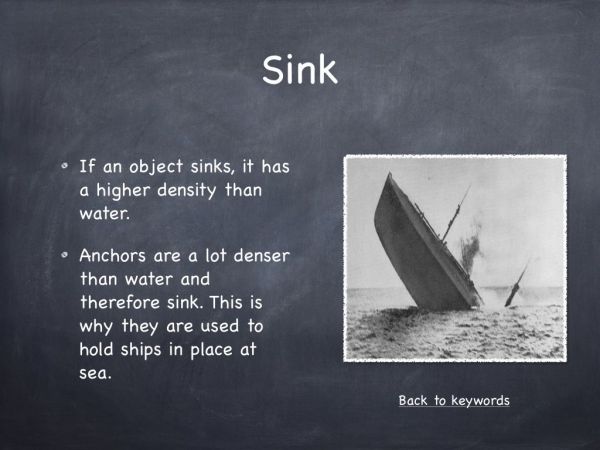This experiment turns chemical energy into heat energy and then into kinetic energy by using water as an energy transporter and converter. The result is an engine that starts to move.
Methodology
Materials
- Can
- Straws (2)
- Twine
- Blowtorch/Bunsen burner
- Water
- Pipette
Method
Place two holes in the side of the can using a nail or pin. Both holes need to be at the same height and on the opposite sides of the can. Place the straws into the holes and make sure they face in opposite directions. Do not fix them with glue as it will melt when the can is heated. The can then has to be tied up using the twine. Tie the twine to the ring pull on top of the can, but do not open the can or the experiment won’t work. Make the string as long as possible as this will decrease the resistance of the twine to the spinning motion. Pipette water into one of the straws and fill the can until it’s approximately one third full. Hover the can over the heat source and wait for the water in the can to boil violently. The water needs to be heated using a Bunsen. Some online videos show the experiment conducted with tea lights, but this is slow and the more heat the better.
*Precautions/Safety*
Theory behind the hook
The hook works on the basis that using every day items, you can actually create a simple steam engine. The basic principle behind this experiment is that the chemical energy contained in the gas of the blowtorch can be turned into thermal energy, which can then be converted into kinetic energy. The engine that is used to show this is called a Hero’s engine. This was the first type of steam engine and was invented by the Greek engineer Heron around 30 AD. The engine works by the manipulation of the movement of steam. When the water in the can is heated, the particles start to move and it turns to steam when boiled. This steam contains a lot of thermal and kinetic energy. Steam, like all gases spreads out due to diffusion. The steam generated in the can becomes pressurised and will be forced out of the openings in the can. This is why the can contains two holes A and B on each side with straws (figure 6). The diagram shows how the steam is forced out of the straws. This then creates an anti-clockwise moment (opposite to the direction of the straws). This force makes the engine spin.
How this hook works
This video is more instructional than other physics videos; however, it has large cross curricular links and real world links making it a valuable hook. The hook aims to appeal to a wide audience and create situational interest in science. Also, the engine is such a simple design that pupils will hopefully be able to fully understand the video.
Questions & Answers
- Why are straws placed into the sides of the can?
The straws help direct the steam so that the spinning effect is stronger. - What type of engine is a Hero’s engine?
It’s a steam engine. - Can you think of any applications for this type of engine?
The steam engine is what powered the industrial revolution with regard factories and transport. It also helped lead to the development of petrol and diesel engines. - Why does the steam shoot out of the straws?
The steam is forced out of the can at speed because the pressure in the can is higher than outside the can because of the boiling water. - Can you explain the energy conversion steps involved in this experiment?
At first the gas in the Bunsen/blowtorch contains gas. This gas contains chemical energy. When these chemicals are burnt, they release thermal energy. This thermal energy then heats the water and creates kinetic energy because heat makes particles vibrate. This vibration leads to boiling and the production of steam. The steam contains large amounts of thermal and kinetic energy.
Cross Curricular Links
History:
The can was developed by the Greek engineer Heron in 30 AD. This can be a connection to all the different inventions discovered by the Greek civilisation and how their engineers applied maths and science to solve their problems. This simple engine is also known as an aeolipile.
This engine can also be linked to the industrial revolution. Steam was used power all the engines and the fuel for the engines was coal. The first steam locomotive ever created was the “Rocket”, invented by Robert Stephenson in 1829.
Real world links:
Steam power is used in power turbines even today. All nuclear power plants use nuclear energy to create steam, which then powers and engine.
Numeracy
Boiling point of water is 100°C.

